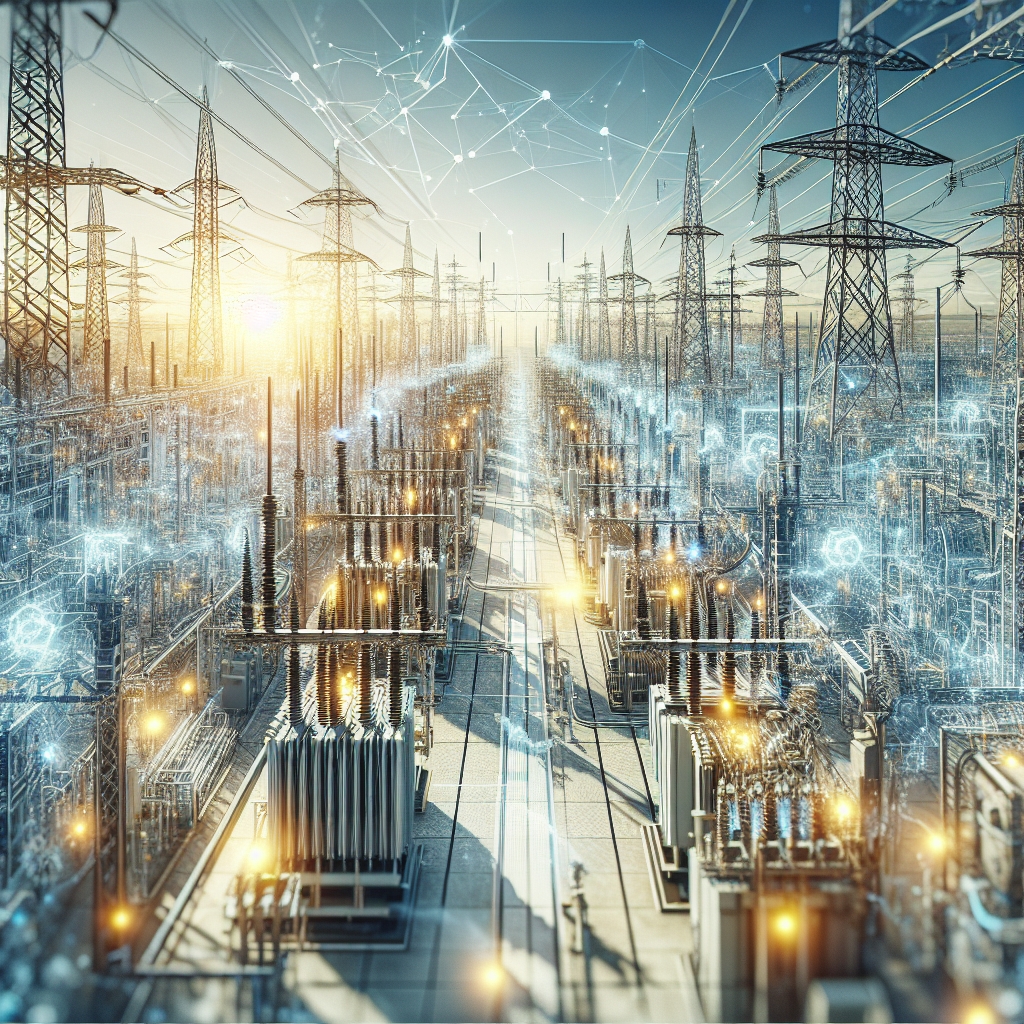Rare Earth Elements (REEs) play a pivotal role in the advancement and efficiency of smart grids and power distribution systems. These elements, often hidden in plain sight within the devices and technologies that power our modern world, are crucial for the development of high-performance magnets, batteries, and other components essential for the renewable energy sector. This article delves into the significance of REEs in smart grids and power distribution, exploring their applications, challenges associated with their supply, and the future outlook for this critical sector.
The Role of Rare Earth Elements in Smart Grids
Smart grids, with their ability to efficiently manage and distribute electricity, are at the forefront of transforming the global energy landscape. At the heart of these systems are technologies that rely heavily on rare earth elements. Neodymium, dysprosium, and terbium, for example, are key components in the production of high-performance permanent magnets used in wind turbines and electric vehicles (EVs), both integral to the functioning of smart grids. These magnets are preferred for their ability to maintain efficiency over a wide range of temperatures and their strength, which allows for smaller and lighter designs.
In addition to magnets, REEs such as lanthanum and cerium are vital in the manufacturing of advanced batteries and energy storage solutions. These storage systems are essential for managing the intermittent nature of renewable energy sources like wind and solar power, making them a cornerstone of smart grid technology. The unique properties of REEs enable the development of batteries that are not only more efficient but also capable of storing larger amounts of energy, thus enhancing the reliability and stability of smart grids.
Challenges in the Supply of Rare Earth Elements
Despite their importance, the supply of rare earth elements is fraught with challenges. The extraction and processing of REEs are complex, environmentally damaging, and concentrated in a few countries, with China dominating the market. This concentration raises concerns about supply security, especially given the increasing demand for REEs in the renewable energy sector and their critical role in the transition to a more sustainable energy system.
Environmental concerns are also paramount. The mining and refining processes for rare earth elements can lead to significant environmental degradation, including soil and water pollution and radioactive waste. As such, there is a growing need for more sustainable mining practices and the development of recycling methods to recover REEs from end-of-life products and reduce the reliance on primary sources.
Looking Towards the Future
The future of rare earth elements in smart grids and power distribution looks promising but requires concerted efforts to overcome existing challenges. Innovations in recycling and alternative materials could alleviate some of the supply concerns. Research into less harmful extraction methods and more efficient recycling processes is ongoing, with the potential to make the production of REEs more sustainable.
Moreover, geopolitical strategies are also in play to reduce dependency on single-source suppliers. Countries and companies are investing in the development of alternative supply chains and exploring deposits outside of China. These efforts, combined with advancements in technology, could help secure the supply of REEs and ensure the continued growth of smart grids and renewable energy systems.
In conclusion, rare earth elements are indispensable for the development and efficiency of smart grids and power distribution systems. Their unique properties enable the advancement of technologies critical for the renewable energy sector. However, addressing the environmental and supply chain challenges associated with REEs is crucial for ensuring their sustainable use in the future. With ongoing research and international cooperation, the potential hurdles can be overcome, paving the way for a more efficient and sustainable energy landscape.

